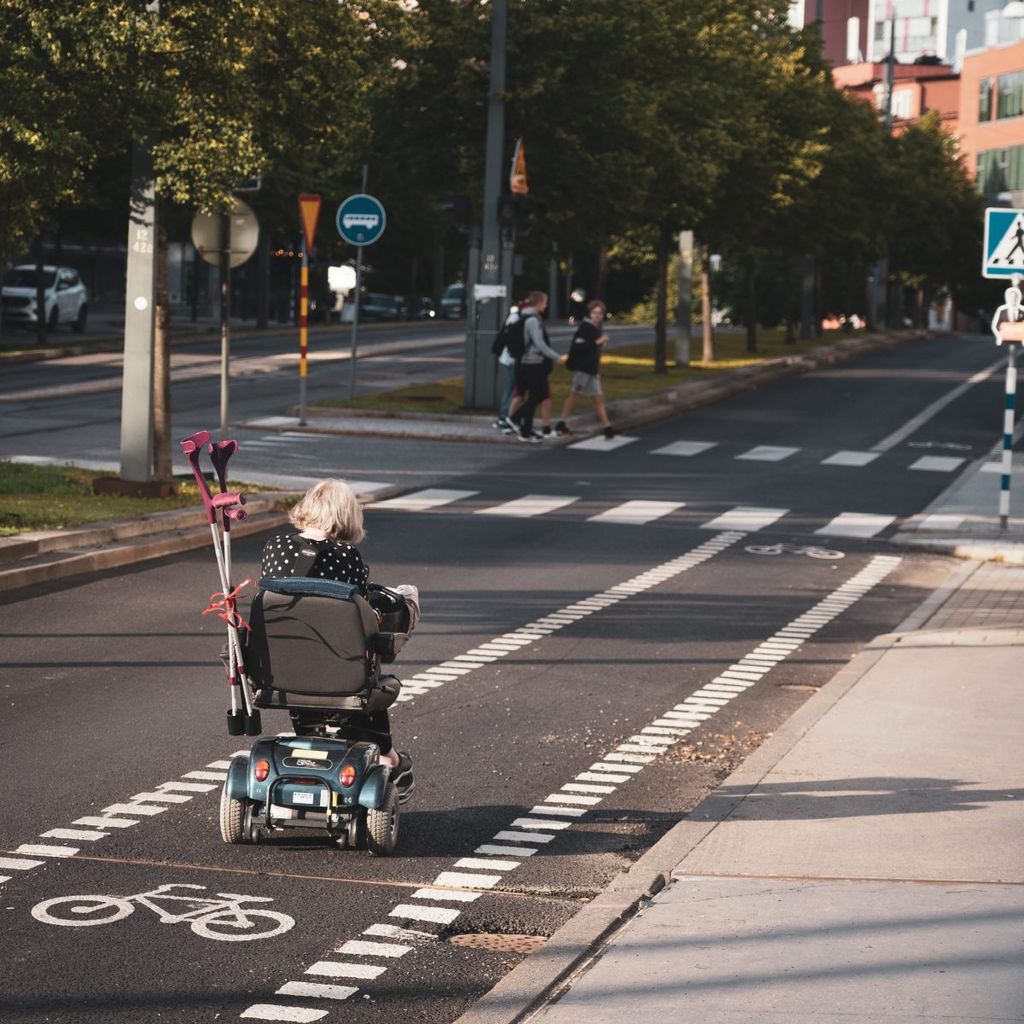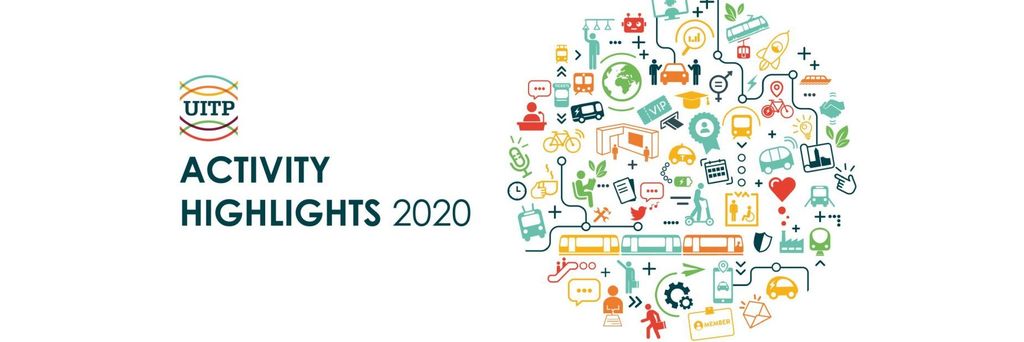
Win back passengers: UITP makes a first assessment of COVID-19 measures taken by public transport networks
Public Transport as the Guardians of Mobility
Since the beginning of the COVID-19 crisis, the public transport sector has demonstrated its capacity to provide essential mobility services to citizens in the context of a global pandemic. Despite the successive lockdown periods and a dramatic fall in passengers, public transport operators and authorities have made everything possible to guarantee the continuation of public transport services and make passengers feel confident and safe. Now is a good time to make an assessment of the challenges and benefits of all the new measures that have been tested, rate them according to their effectiveness to win back passengers and start drawing conclusions for the post-COVID era.
Key facts and figures and the new normal
In a new report called ‘Win Back Passengers’, UITP makes a first quantitative assessment of the measures taken by public transport networks during the COVID-19 crisis. Based on a survey filled in by UITP members, the report identifies public transport operators and authorities’ priorities to bounce back better in a post-COVID ‘new normal’ environment.
In total, 38 public transport operators and authorities of more than 15 EU and non-EU countries covering all public transport modes took part in the survey. The results of this assessment show that the common backbone of measures implemented since March 2020 is generally seen as having a positive immediate effect.
To address the long-term changes in mobility patterns in the post-COVID era, it seems clear that the new normal will include an acceleration of the public transport sector’s digitalisation, reinforced cleaning operations as well as increased and targeted communication to passengers. Specific measures aiming at protecting public transport workers should also remain, such as the plexiglass screens.
The report is also looking at the financial perspectives and the farebox losses which affects the economic equilibrium of public service contracts, shedding a light on the importance of financial support at both national and European levels.
Public transport at the heart of any new EU mobility strategy
Based on the data collected, UITP addresses key recommendations to the European Institutions to win back passengers in a post-COVID era and lead Europe’s green transition. Public transport should be placed at the heart of the upcoming Urban Mobility Framework and needs to receive the appropriate financial support from the European Union to meet EU’s Green Deal objectives. Ensuring legal security as well as supporting the public transport sector’s resilience with research and its operational deployment is also of key importance for the sector.
Public transport has a key role to play for greening mobility, which is at the heart of the action of the European Union. With its large passenger capacities, mass public transport is indeed the backbone of sustainable and safe mobility in any European city. This report shows the sector’s willingness and ability to bounce back better in a post-COVID environment. However, to continue ensuring its role as “Guardians of mobility” and achieve the modal shift objectives, it needs support.





